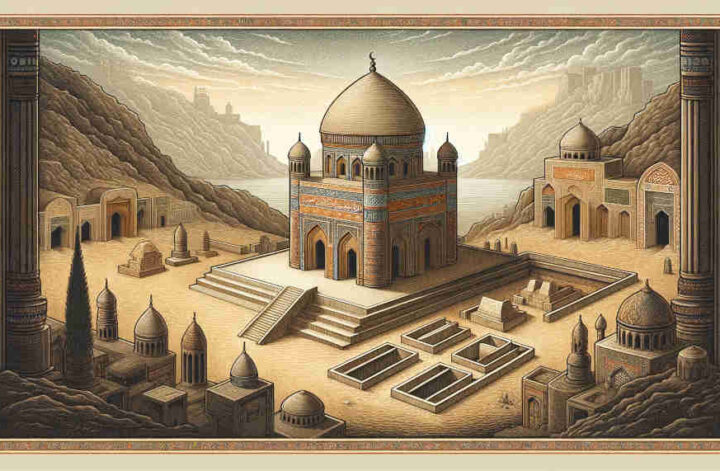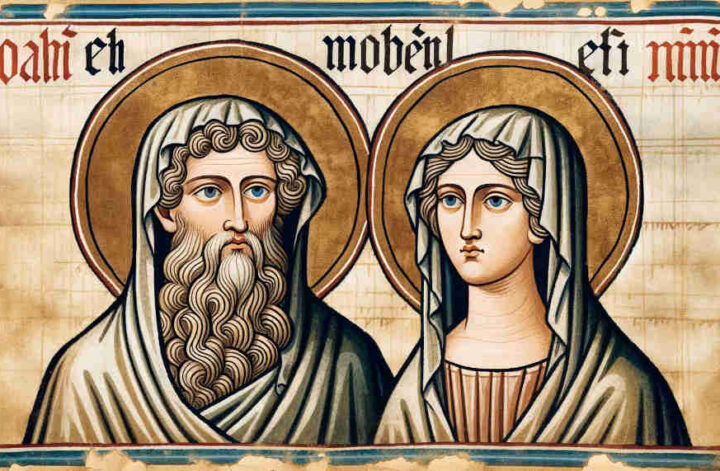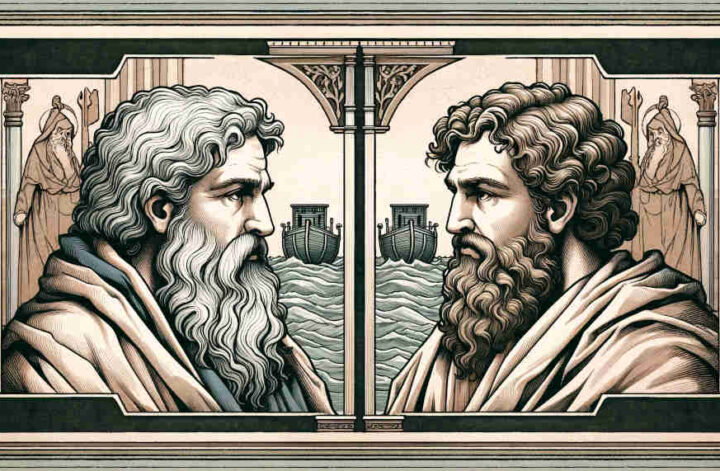Email from a reader: “Dear Rabbi Joshua, I’ve always been fascinated by the figure of Noah in the Torah. Could you tell me where Noah is traditionally believed to be buried? Thank you, Alex Thompson”
Dear Alex,
Your question delves into the realms of tradition and historical accounts surrounding the final resting place of Noah, a pivotal figure in the Torah. Let’s explore what various sources say about this.
Traditional Accounts of Noah’s Burial Place:
There is no explicit mention in the Torah of the exact location where Noah was buried. The absence of this detail has led to various traditions and legends that have developed over time.
Several locations have been claimed as the burial site of Noah. These include:
- Nakhichevan, Azerbaijan: One of the most prominent claims is that Noah is buried in the city of Nakhichevan in Azerbaijan. This claim is based on local traditions and historical accounts, and Nakhichevan itself translates to “place of descent,” a reference to Noah’s descent from the Ark.
- The Tomb of Noah in Lebanon: Another tradition claims that Noah’s tomb is located in the village of Karak Nuh, near Baalbek in Lebanon. A mosque built in this village is said to house the tomb of Noah.
- Other Locations: Over the centuries, various other locations in the Middle East have been suggested as the burial place of Noah, reflecting the spread of the Abrahamic faiths and the enduring importance of Noah’s story.
Significance in Jewish Tradition:
In Jewish tradition, the exact burial place of biblical figures, including Noah, is often not emphasized. Instead, the focus is on the moral and spiritual lessons that can be learned from their lives. Noah’s significance lies in his righteousness and his role in the biblical narrative of the flood and God’s covenant with humanity.
Historical and Archaeological Evidence:
It is important to note that there is no definitive archaeological evidence confirming any of these sites as Noah’s actual burial place. The claims are based more on local folklore and religious tradition than on empirical historical evidence.
Conclusion:
Alex, while the exact burial site of Noah remains a matter of tradition and conjecture, the legacy of Noah in religious thought is clear and profound. His story is a testament to faith, obedience, and God’s mercy, transcending the need for a physical gravesite.
Warm regards,
Rabbi Joshua


